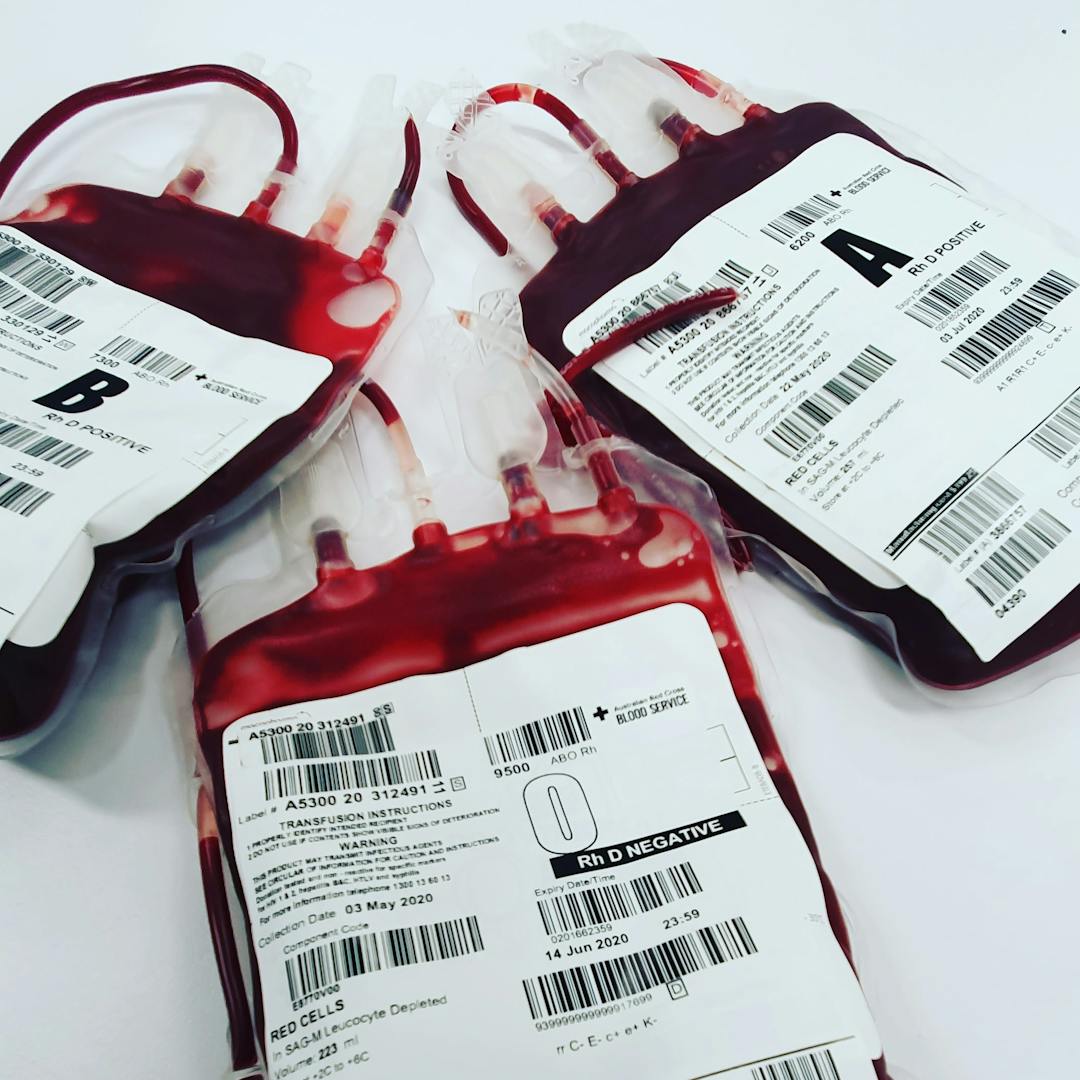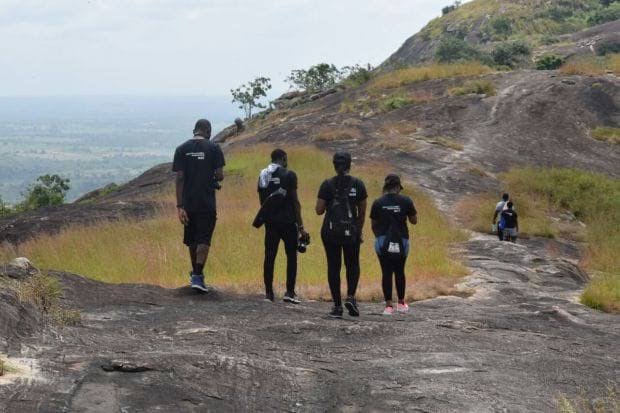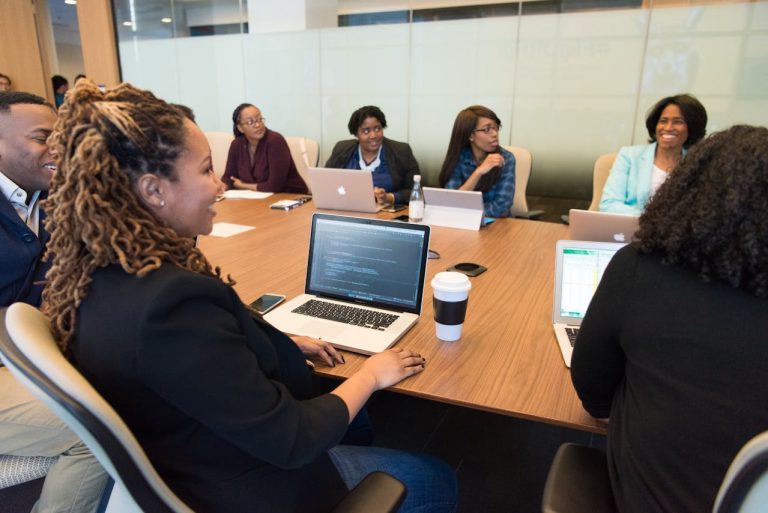Blood banks and transfusion medicine play critical roles in global healthcare systems. However, implementing these programs in resource-constrained contexts presents significant obstacles, particularly when dealing with the needs of people with rare blood types. As worldwide travel becomes more common, the challenges of providing proper transfusion care to travelers with rare blood types in underserved areas are becoming more apparent. This article dives into the complexities of blood banking and transfusion treatment in various situations, with a particular focus on rare blood types and their implications for travelers.
Understanding Blood Types and Its Rarity
Blood types are identified by the presence or lack of particular antigens on the surface of red blood cells. The ABO system and Rh factor are the most well-known, classifying blood into groups such as A, B, AB, and O, each of which is Rh-positive or negative. While O-positive blood is the most frequent worldwide, unusual blood types include AB-negative, Rh-null (golden blood), and antigen-negative types that are predominant in some communities.
Rare blood types provide issues in both established and developing healthcare systems, but the impact is considerably increased in resource-constrained settings due to blood supply shortages, insufficient screening, and a lack of infrastructure for storage and transportation.
Challenges in Resource-Limited Settings
1. Blood Collection and Donation Rate
Many low- and middle-income countries (LMICs) face a persistent scarcity of blood donors. Cultural views, a lack of information, and insufficient donor recruiting programs all impede voluntary donations, which are critical for maintaining a stable blood supply. Rare blood types worsen the problem, as fewer people may be qualified to donate.
2. Screening & Testing
Advanced serological and molecular approaches for identifying uncommon blood types are frequently unavailable in resource-constrained environments. As a result, individuals with unusual blood types may not obtain suitable blood transfusions, which increases the risk of transfusion responses and causes delays in therapy.
3. Storage & Transportation
Maintaining the cold chain for blood products is a big difficulty in areas with unstable electricity and inadequate infrastructure. For travelers who require uncommon blood types, the difficulty to adequately store and carry certain units might result in life-threatening delays during crises.
4. Transfusion Transmissible Infections (TTIs)
TTIs, including HIV, hepatitis B and C, and syphilis, frequently go unscreened in resource-limited settings. The risk of TTIs may deter tourists with rare blood types from obtaining transfusions in such places, limiting healthcare delivery.
5. Data Management and Blood Typing Registries
Unlike high-resource environments, where extensive blood donor registries and rare blood type databases are maintained, LMICs frequently lack centralized infrastructure. This makes it difficult to find suitable donors rapidly, especially for people with rare blood types.
Rare Blood Types: Travel Risks and Precautions
Travelers with unusual blood types face distinct obstacles while visiting resource-limited environments. Accidents, surgeries, or illnesses that require blood transfusions might occur unexpectedly, and a shortage of appropriate blood supply can be fatal.
Risks to Travelers with Rare Blood Types
- Delayed access to compatible blood: In resource-constrained environments, it may take days or weeks to get matching blood for rare kinds.
- Increased risk of TTIs: In the absence of comprehensive screening mechanisms, transfusions from unconfirmed sources can result in serious infections.
- Cross-matching Errors: Limited experience and antiquated equipment may result in erroneous compatibility tests, increasing the risk of hemolytic responses.
Precautionary Measures for Travelers
- Pre-Travel Identification: People with rare blood types should bring medical identification (such a blood type card or wristband) that clearly specifies their blood type and any known antibodies.
- Plasma Donations Before Travel: Some travelers prepare for crises by storing autologous blood or plasma in their native country.
- Collaboration with Blood Banks: Working with international blood bank networks such as the International Rare Donor Panel (IRDP) can improve access to rare blood units.
- Travel Insurances: Comprehensive travel insurance packages should provide medical evacuation in the event of an emergency where local transfusion services are inadequate.
Innovative Solutions to Address Challenges
While the challenges are enormous, new techniques are emerging to address the gaps in blood banking and transfusion medicine in resource-constrained environments.
1. Establishing Regional Blood Bank Networks
Regional collaboration among LMICs can increase the availability of rare blood types. For example, cross-border agreements and common registries enable blood banks to efficiently pool resources and discover unusual blood units.
2. Strengthening Voluntary Donation Campaigns
Public awareness efforts adapted to specific cultural contexts can increase voluntary blood donations. Educating communities about the value of giving uncommon blood types can assist to alleviate shortages.
3. Leveraging Technology
Mobile applications and digital platforms can help with donor recruitment and matching. Apps that alert registered donors to acute requirements for certain blood types have proven helpful in various LMICs.
4. Cryopreservation and blood substitutes
Cryopreserved rare blood units can be delivered worldwide if needed. Furthermore, research into synthetic blood substitutes shows promise for lowering future need on human donors.
5. Training Healthcare Workers
Training programs in advanced serological testing and transfusion protocols can help local healthcare providers manage unusual blood type situations more efficiently.
Global Networks and Rare Blood Type Programs
International Rare Donor Panel (IRDP)
The International Society of Blood Transfusion (ISBT) manages the IRDP, which connects blood banks around the world to give rare blood units in emergencies. This network is critical for assisting travelers with rare blood types in resource-constrained environments.
Collaborative efforts with NGOs
The Red Cross and WHO cooperate to improve blood safety and availability in low- and middle-income countries. Their activities include building infrastructure, educating employees, and encouraging voluntary donations.
Case Studies: Rare Blood Types in Travel Scenarios
Case of Rh-Null Blood
Rh-null, also known as “golden blood,” is a rare blood type with fewer than 50 verified donors worldwide. A Rh-null traveler in an emergency in a resource-constrained country would very likely require international aid to obtain compatible blood, underscoring the value of global blood networks.
Sickle Cell Anemia and African Travellers
Sickle cell patients frequently require regular transfusions and have specific compatibility requirements. African visitors visiting LMICs may have difficulty getting suitable blood due to genetic variances in antigen expression between populations.
Bombay Blood Group in South Asia.
The Bombay blood group is uncommon worldwide, but more common in portions of South Asia. Travelers from other regions visiting South Asia may benefit from local awareness and blood bank readiness.
Policy Recommendations
Government Invests in Blood Infrastructure
Governments with limited resources must prioritize funding for blood bank infrastructure, which includes storage buildings, testing equipment, and logistics.
Encouraging rare blood donations
Individuals with unusual blood types can be encouraged to donate by offering incentives such as health checks or subsidies.
International collaboration
Partnerships between high-resource and low-resource countries can improve blood banking systems through knowledge transfer, technical support, and financial aid.
Inclusion of Rare Blood in Travel Policy
Airlines, travel insurance firms, and healthcare providers should incorporate rare blood type information into their travel warnings and emergency preparations.
Blood banking and transfusion treatment in resource-constrained environments present severe hurdles, particularly for rare blood types. For travelers, these difficulties highlight the importance of rigorous planning and reliance on global networks. Transfusion care in underserved areas can be improved by enhancing infrastructure, encouraging collaboration, and embracing innovation, ensuring that even the rarest blood types are no longer a barrier to effective healthcare.
Addressing these difficulties is not just a matter of equity, but also a critical step toward ensuring everyone’s health and well-being as global travel expands.





Leave a Comment